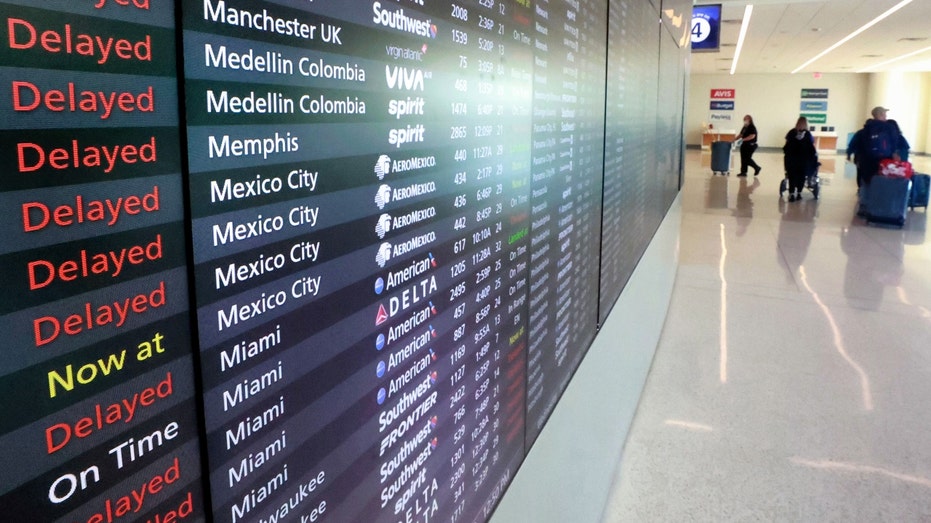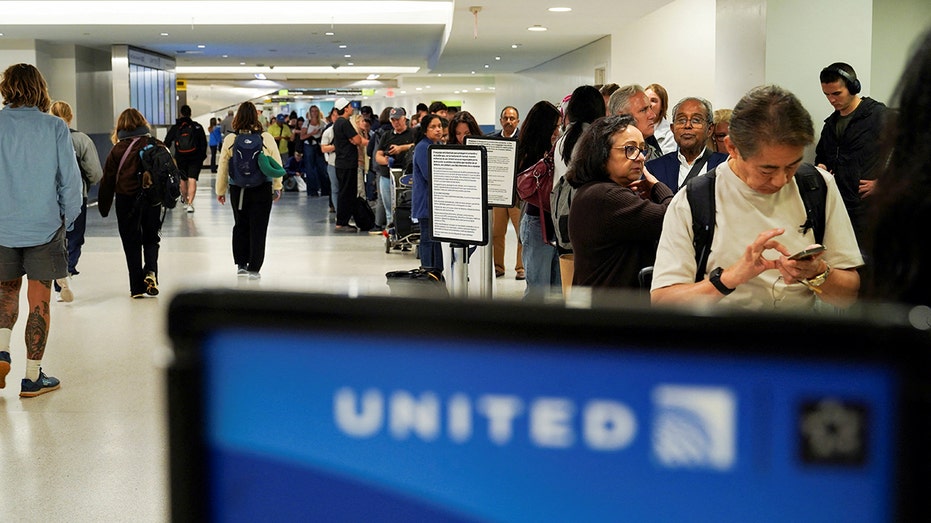The Federal Aviation Administration issued an updated operations plan on Thursday outlining how staffing shortages and weather are continuing to impact Air Traffic Control (ATC) facilities nationwide.
At least nine ATC facilities were identified by the FAA as affected by staffing shortages and weather:
- PHL AREA C (Newark)
- BDL (Hartford-Bradley)
- ZDC AREA 5 (Washington, D.C.)
- ZBW AREA D (Boston/Northeast)
- ROA Ops (Roanoke, Virginia tower)
- ORD Ops (Chicago tower)
- F11 Ops (Central Florida)
- ZAB Southeast/Southwest AREA (Albuquerque Center, covering Arizona and New Mexico)
- ZID AREA 1 (Indianapolis)
FAA BRACES FOR NATIONWIDE FLIGHT DISRUPTIONS AS AIR TRAFFIC CONTROLLER SHORTAGES HIT MAJOR AIRPORTS
As of Friday morning, the FAA’s Air Traffic Control System Command Center website did not show active ground delays at any airport and said, “air traffic is currently experiencing delays of less than 15 minutes.”
However, ground delays were reported at Houston, Calgary, LaGuardia (LGA) and Newark (EWR) on Thursday evening because of staffing shortages, weather, low visibility and wind.

The update comes amid nationwide air traffic disruptions propelled by the federal government shutdown.
Earlier reports by Fox Business cited controller shortages at Washington, Philadelphia, Albuquerque, Denver, Los Angeles and Central Florida, with more than 2,000 delays and 50 cancellations recorded Wednesday.
AMERICAN AIRLINES JET CANCELS TAKEOFF AFTER LAX RUNWAY INCURSION
Transportation Secretary Sean Duffy told Fox News’ Will Cain on Wednesday that staffing shortages typically account for about 5% of flight delays, but that figure has surged to about 53% in recent days.
“Normally, about 5% of flight delays are because of staffing shortages. In the last few days, that number has jumped to 53% because of understaffing,” Duffy said.

He added that many controllers were working extended shifts and emphasized that “safety comes first.”
As of Thursday evening, the FAA said no national ground stop was in effect and that flights were being managed through standard traffic initiatives.
Read the full article here










